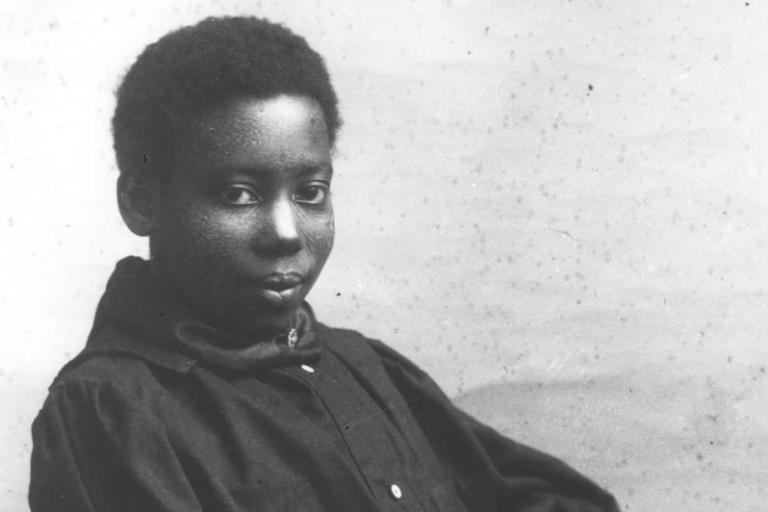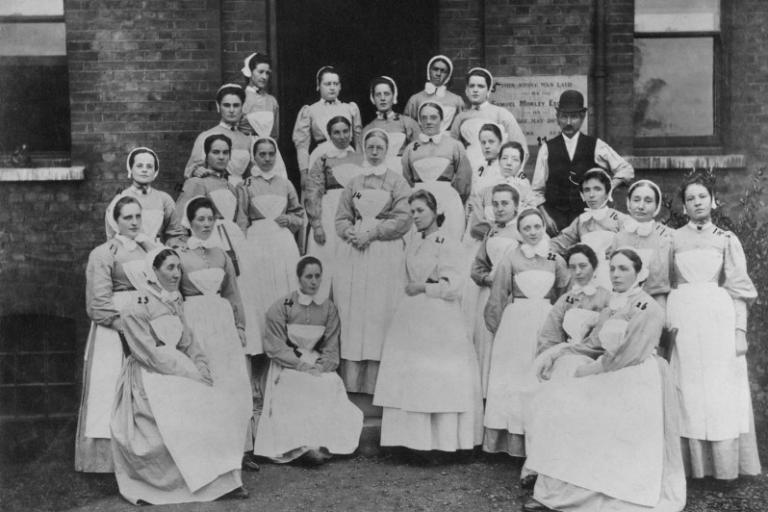Record-keeping by the Victorians changed drastically in the 19th century. Despite more and more information being recorded, it is nonetheless difficult to determine just how many black Victorians there were living in Britain during this time.
The census can help us with recording someone's place of birth, but it does not record a person's ethnicity or colour of their skin.





